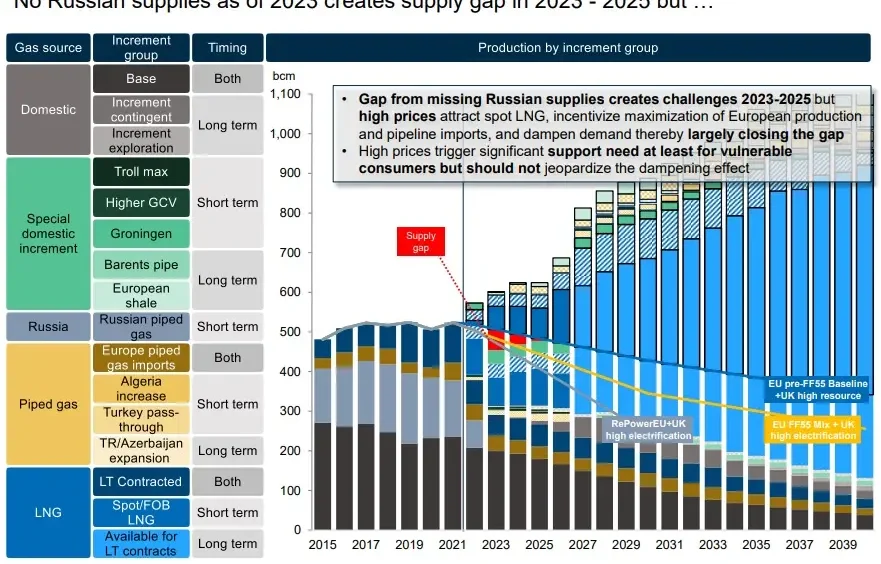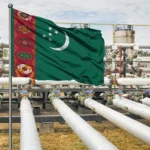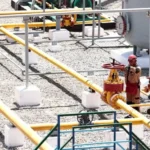Russia’s Gas Market Trends: Shifting Exports, Infrastructure Expansion, and Geopolitical Challenges

Russia’s Gas Market Trends: Shifting Exports, Infrastructure Expansion, and Geopolitical Challenges in 2025
Moscow, Russia
Russia’s natural gas market, a cornerstone of its economy, is undergoing significant shifts in 2025, driven by declining exports to Europe, expanding ties with Asia, and ambitious infrastructure projects. As one of the world’s largest gas producers, Russia is adapting to geopolitical pressures, Western sanctions, and a global energy transition. Recent developments highlight how companies like Gazprom and Novatek are navigating these challenges while capitalizing on new market opportunities.
Declining European Exports and Market Realignment
Russia’s natural gas exports to Europe have continued their downward trend in 2025, dropping 9.4% quarter-on-quarter in Q2 to 3.01 billion cubic meters (bcm) in June, according to the Centre for Research on Energy and Clean Air. This decline follows the end of gas transit through Ukraine in January 2025, which previously accounted for 15 bcm annually. The EU’s planned halt of Russian LNG re-exports in March 2025 is further tightening supply routes, with only the TurkStream pipeline and limited LNG shipments remaining viable. As a result, Europe, once Russia’s largest market, now accounts for just 38% of pipeline gas exports, with China (29%) and Turkey (27%) emerging as key buyers.
Pivot to Asia and Power of Siberia 2
Russia is aggressively redirecting gas exports to Asia, particularly China, to offset European losses. The Power of Siberia 1 pipeline, operating near its 38 bcm annual capacity, saw a 20% increase in deliveries to China in the first half of 2025. A landmark agreement signed in September 2025 between Gazprom and China’s CNPC advanced the Power of Siberia 2 pipeline, which will add 50 bcm of annual capacity from western Siberian reserves via Mongolia by 2030. This $13.6–$34 billion project, described as the largest in the global gas industry, underscores Russia’s strategic shift eastward, though pricing disputes and financing uncertainties remain unresolved.
Production Challenges and Infrastructure Investment
Russia’s natural gas production fell 3.2% in the first half of 2025 to 334.8 bcm, as reported by Bloomberg, reflecting the loss of European markets and limited pipeline capacity to Asia. The International Energy Agency has revised its 2025 forecast downward to 690 bcm, citing infrastructure constraints. Gazprom is investing $10 billion in 2025 to expand domestic pipelines and storage facilities, while Novatek’s Arctic LNG 2 project aims to boost LNG exports to 19.8 million metric tons per annum by 2026, despite delays from U.S. sanctions. These investments are critical to maintaining Russia’s position as the world’s second-largest LNG exporter, behind the U.S.
Geopolitical Tensions and Sanctions Impact
Western sanctions, intensified following Russia’s invasion of Ukraine, continue to squeeze the gas sector. The EU’s July 2025 enforcement of a $47.60 per barrel oil price cap has indirectly constrained gas revenues, with Russia’s fossil fuel earnings dropping 18% year-on-year in Q2 2025 to $593 million per day. U.S. sanctions on Arctic LNG 2 have delayed equipment deliveries, pushing back full operations to 2026. Geopolitical risks, including potential disruptions in the Strait of Hormuz, which handles 21% of global LNG, could further complicate Russia’s export strategy, though no major interruptions have occurred in 2025.
Energy Transition and Domestic Demand
Russia is making limited progress on the energy transition, with natural gas positioned as a transitional fuel for domestic power generation. Domestic gas consumption rose in 2025, driven by a cold spring and government programs expanding household and industrial gas access. However, carbon capture, utilization, and storage (CCUS) initiatives remain underdeveloped, with only pilot projects at Gazprom’s Sakhalin facilities capturing 200,000 metric tons of CO2 annually. A 2025 industry survey indicates that just 25% of Russian gas executives prioritize low-carbon investments, citing sanctions and cost barriers.
Petrochemical Sector Growth
The petrochemical industry, reliant on natural gas liquids (NGLs), is a bright spot, with global demand projected to drive 18–20% of oil demand by 2040. Novatek’s Yamal LNG complex is expanding petrochemical production, targeting 1 million metric tons of ethylene by 2027. AI-driven process optimization has reduced costs by 6% at select facilities in 2024, enhancing competitiveness. However, sanctions limit access to Western technology, forcing reliance on Chinese and domestic solutions.
Workforce and Industry Consolidation
The sector faces workforce challenges, with 4,000 jobs cut in 2024–2025 due to cost pressures and automation. Gazprom and Novatek are investing in retraining programs, targeting 2,000 workers for digital and renewable energy roles by 2028. Mergers and acquisitions are rising, with 45% of Russian gas firms planning deals in 2025 to access technology and markets, according to GlobalData. Gazprom’s $1 billion acquisition of a stake in a Central Asian gas field exemplifies this trend.
Outlook for 2025
Russia’s gas market in 2025 is defined by a strategic pivot to Asia, infrastructure expansion, and resilience against sanctions. While declining European exports and production challenges pose risks, projects like Power of Siberia 2 and Arctic LNG 2 signal long-term ambitions. As global LNG markets face a potential glut by 2026, Russia’s ability to balance geopolitical pressures and domestic demands will shape its role in the global energy landscape through 2030.







